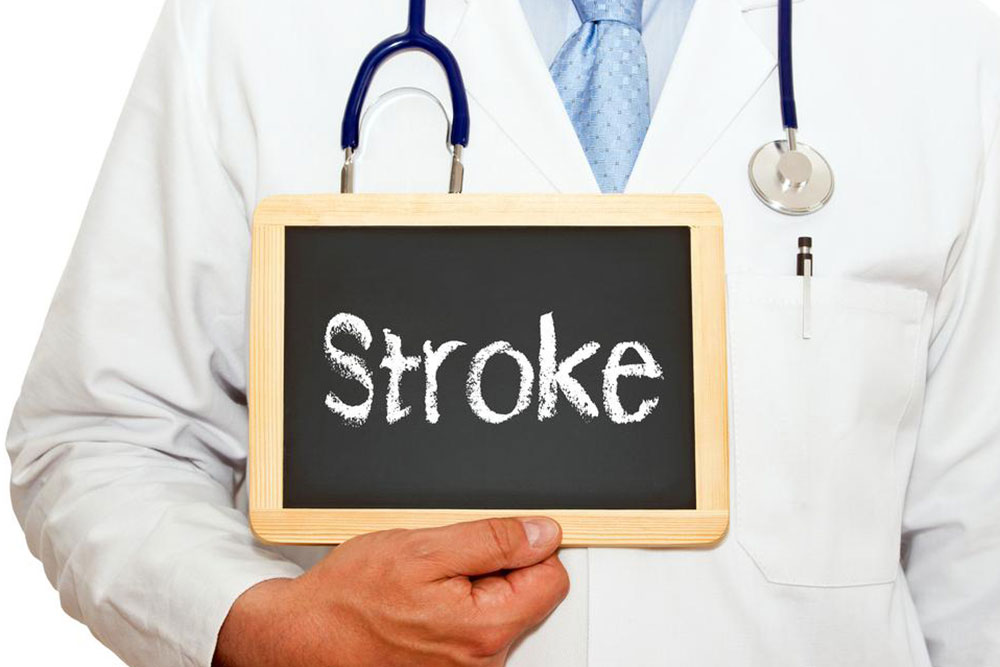Comprehensive Guide to Minor Stroke: Causes, Symptoms, and Prevention Strategies
Discover comprehensive insights into minor strokes, including their causes, warning signs, and effective prevention strategies. Learn how to recognize symptoms early and adopt lifestyle changes to reduce your risk of major strokes and safeguard your health for a better future.

Comprehensive Guide to Minor Stroke: Causes, Symptoms, and Prevention Strategies
Maintaining a healthy lifestyle through regular exercise and proper nutrition is vital for overall well-being. However, despite health-conscious efforts, the human body remains vulnerable to a variety of health conditions caused by internal and external factors. Our vital organs work tirelessly to keep us alive, but occasionally, disruptions occur that can lead to significant health issues. One such condition that demands attention is a minor stroke, also known as a Transient Ischemic Attack (TIA). Although a TIA generally leads to temporary neurological symptoms, it acts as an important warning sign for possible future strokes or other serious health problems.
A minor stroke or TIA occurs when blood flow to a part of the brain is temporarily blocked, resulting in stroke-like symptoms that usually resolve within a short time. While a TIA typically does not cause permanent brain damage, it can still impact brain tissues temporarily and indicates underlying health risks. Recognizing the risk factors and early warning signs is crucial for timely intervention and prevention of more severe strokes.
Risk factors contributing to minor strokes include blood clots, atherosclerosis (narrowed arteries), elevated cholesterol levels, hypertension, and diabetes. These conditions increase the likelihood of blood flow disruption to vital brain regions. It is essential for individuals, especially those with known risk factors, to be vigilant about symptoms and seek immediate medical attention to prevent potential complications.
Common signs of a minor stroke encompass a sudden spike in blood pressure, intense headaches that appear abruptly, weakness, numbness, or paralysis on one side of the body, dizziness, blurred or double vision, and difficulty speaking or understanding speech. Other symptoms may include changes in gait or balance, muscle stiffness, memory lapses, and sensory disturbances. Although the symptoms may resolve quickly, recurrent TIAs are a serious concern because they significantly increase the risk of a full-blown stroke. Therefore, anyone experiencing these signs should consult a healthcare professional immediately to undergo proper diagnosis and treatment.
Prevention plays a vital role in reducing the risk of future strokes. Lifestyle modifications such as adopting a balanced diet low in saturated fats and cholesterol, engaging in regular physical activity, managing blood pressure and blood sugar levels, and avoiding tobacco and excessive alcohol consumption are crucial. Medical management involving blood thinners or antiplatelet drugs may be prescribed for high-risk individuals. Additionally, routine health check-ups and monitoring of vascular health can aid in early detection of risk factors, thereby reducing the chances of a major stroke later in life.
Understanding the significance of minor strokes empowers individuals to undertake preventive actions and seek early treatment. Recognizing the warning signs promptly can mean the difference between full recovery and long-term disability. While a minor stroke may seem less severe than major strokes, its implications are profound, emphasizing the importance of awareness, timely medical intervention, and lifestyle adjustments to safeguard health and well-being.





